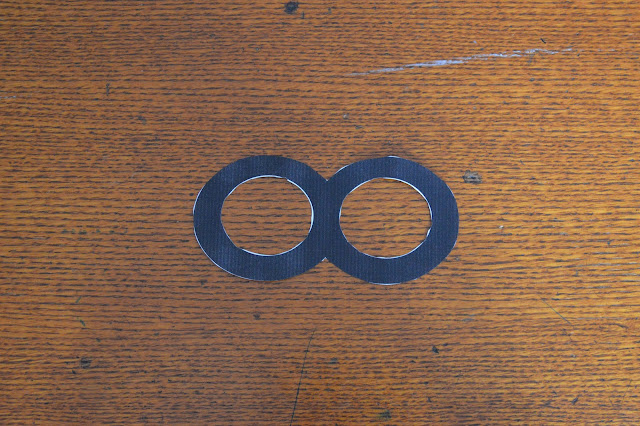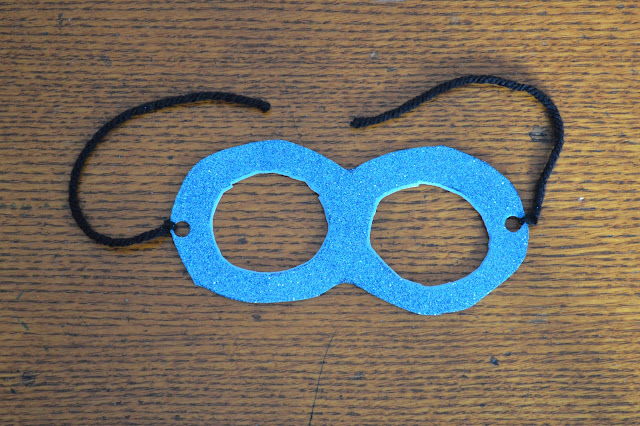In September 1913, flying was very new, very risky and very exciting. No one had ever flown across the Atlantic Ocean nonstop. Lord Northcliffe, the owner of Britain’s Daily Mail newspaper, offered a tempting prize: £10,000. Eager, brave souls rushed to find planes and sponsors. Many were ready to try in 1914—then the Great War broke out and the contest was put on hold.
In November 1918, just three days after the Armistice, the race was back on. Much had been learned about flight during the war. But the Atlantic nonstop was still the longest distance ever tried. The right departure point would be key. Which place was closest to the UK? Newfoundland. And so, for a few exciting weeks in 1919, a crowd of pilots, navigators, ground crews—and their planes—arrived on our shores.
By spring 1919, three experienced teams based themselves in the St. John’s and the surrounding area, a fourth in Harbour Grace. Teams sought flat land for assembly and testing. No airstrips existed, so rough ones were made—flattened with horse and plow. And it all drew crowds of “skimmers” — curious local spectators.
Hawker and Grieve took off in their Sopwith from the Glendinning field, 40 acres of land in Mount Pearl that was owned by Andrew Glendinning, on May 18th. By dawn, both men knew they could not make it any further. They looked for a ship and sent out SOS signals. When they spotted the Danish cargo ship Mary, they landed on rough seas. Both men were rescued — but no one would know that for days: the Mary had no radio aboard.
Alcock and Brown decided to wait for good weather before making their attempt — which took almost a month. By then they knew Hawker and Grieve had not won the prize. They took off on June 14, waved to the well-wishers below and aimed for Ireland. Brown radioed the HM Wireless Station in Mount Pearl: “All well and started.” Despite so many challenges, they spotted Ireland at 8:15 a.m. on June 15. Ten minutes later they landed in a bog near Clifden.
The early planes used by the adventurous pilots during the Transatlantic Air Race had open cockpits! That meant that the pilots needed special gear to stay safe and be able to see where they were headed. They wore aviator goggles to protect their eyes from wind and weather.
Today we are going to show you how to make aviator goggles for your favourite stuffed animals!
Things you will need:Foam or construction paper
Scissors
Yarn or Twine
Hole Punch
Goggle Template: available at https://bit.ly/2YijG8g
Your favourite stuffed animal(s)
1. Print the goggle template – make sure it is a good size fit for your stuffed friends. Each stuffed animal is different so you might have to adjust the goggles to fit!
2. Trace the template onto your foam or paper.
3. Cut out the goggles.
4. Use a hole punch to make a hole on each edge of the goggles.
5. Thread the yarn through the holes and place it on your stuffed animal’s head.
6. Secure with a knot or bow at the back.
7. Ready for take-off!
Optional:
Make yourself a matching set of goggles!
Decorate your goggles!









No comments:
Post a Comment